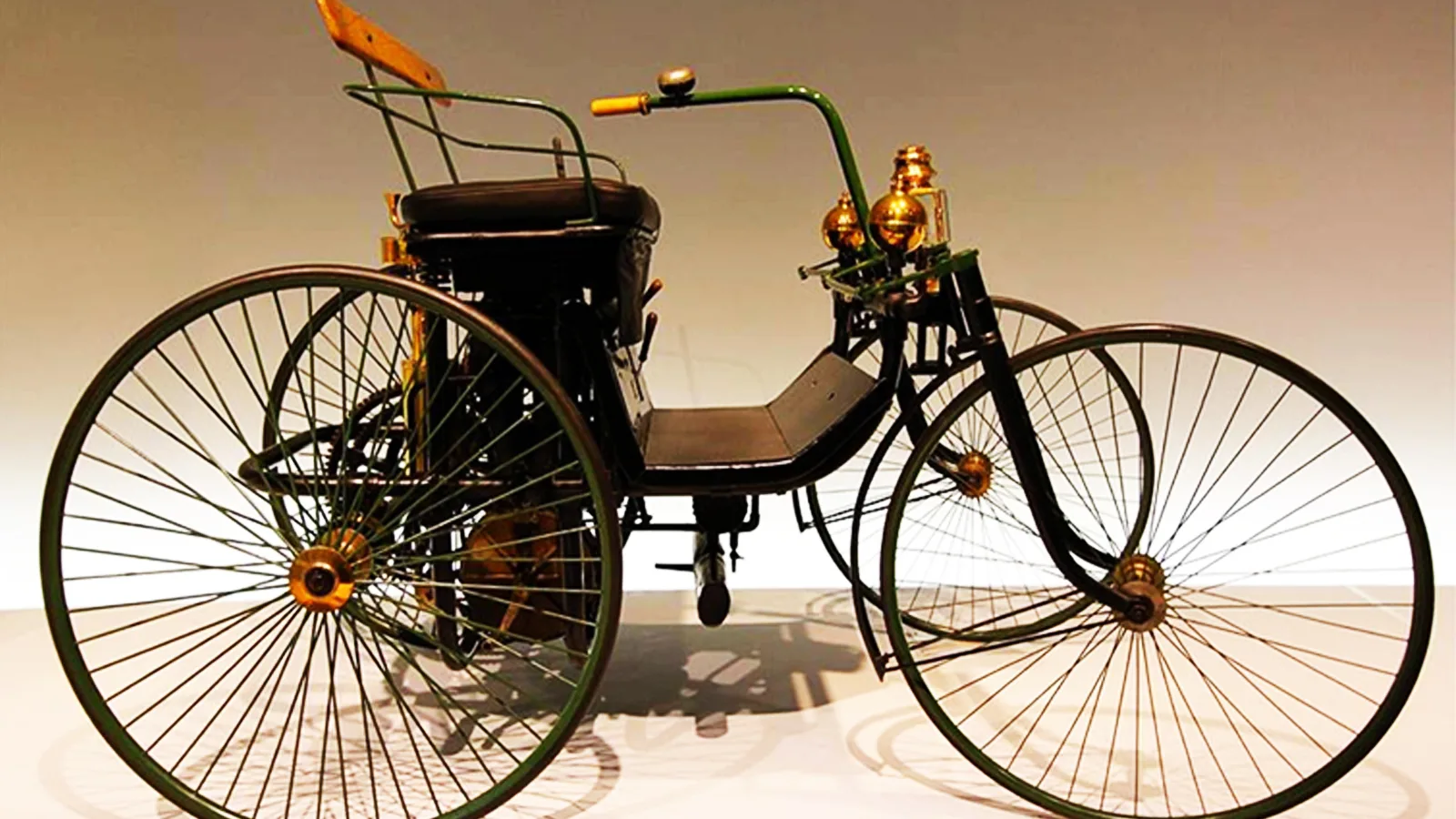When Cars Were Made? Exploring the Birth and Boom of Automobiles
The automobile changed transportation and our way of life forever. Cars have progressed from their primitive beginnings to the complex automobiles we see on the highways today. In this post, we’ll look at the fascinating history of automobiles, the most dependable models, and 1920s manufacturing procedures.
When was the first car made?
The vehicle was invented in the late nineteenth century. Karl Benz, a German engineer, and inventor, invented the first practical automobile using an internal combustion engine in 1886. This invention ushered in the automotive age and set the groundwork for the creation of modern automobiles.
What is the oldest car in the world?
The “Fardier à vapeur” (Steam-powered Traction Engine) developed by Nicolas-Joseph Cugnot in 1771 is the oldest surviving car. This three-wheeled vehicle, which was meant to transport heavy weapons, is regarded as the forerunner to contemporary automobiles.
How many years have cars been made?
Automobiles have been produced for over a century. More than a century of technological developments and discoveries have altered the automobile industry since the first car came off the assembly line in the late 1800s. Cars have become a vital part of our daily lives, from the early days of handcrafted vehicles to today’s mass manufacture.
Which cars are the most reliable?
Reliability is an important consideration for car buyers, and many manufacturers have built a reputation for producing dependable vehicles. Toyota, Honda, and Lexus are frequently ranked first in reliability rankings. These businesses are well-known for their strong engineering, fine craftsmanship, and long-term viability. Subaru, Mazda, and Porsche are also reliable car brands. It’s important to remember that different models within each brand may differ in terms of dependability, so conducting extensive research and contacting professional reviews is advised.
How were cars made in the 1920s?
The 1920s were a watershed moment in automotive manufacturing. Henry Ford and his Model T pioneered mass production processes, which changed the industry. The assembly line, introduced by Ford, substantially boosted production efficiency, lowering prices and making cars more affordable to the general public. Cars in the 1920s were mostly composed of steel frames and bodywork, with gasoline engines. Assembly line personnel would specialize in certain tasks like component installation or interior fitting, resulting in a more efficient manufacturing process.
Embracing Technology
The car business has developed over time, embracing advances in technology, safety features, and fuel efficiency. Electric and hybrid vehicles are becoming more popular as the world shifts toward more environmentally friendly modes of transportation. Self-driving cars and autonomous features are also becoming more common, implying that automobiles will soon be more than just modes of transportation, but also intelligent companions.
Reflecting on the evolution of automobiles from their invention to the present, it is apparent that they have revolutionized the way we travel and had a major impact on society. Cars continue to enchant us with their creativity, design, and dependability, making them a vital part of our daily lives, whether it’s the oldest surviving automobile or the most recent electric vehicle.
READ MORE :
- All About Aston Martin Cars
- Audi e tron Review
- Bently Continental GT price in India
- BMW X1 Price in India
- Brezza 2022 Launch date in India
- Why Bugatti Is So Expensive?
- Best car dealers in Dubai
- Concorde Motors Kochi
- Honda Showroom Kochi
- Indus Motors Thevara
- KIA DEALERS IN PUNE
- Lamborgini Showroom in India
- Nippon Toyota Kalamassery
- Rolls Royce Showroom in India
- Sai Service Pathadipalam
- Top 10 Car Showrooms Kottayam,
- Top 5 Car Showrooms Trivandrum
- BREZZA 2022 vs TATA NEXON
- Citroen C3 price in India
- 2021 Chevrolet corvette vs Mustang Shelby GT50
- Is Mercedes-Benz better than BMW?
- EcoSport Price in Kerala
- Upcoming Ford cars in India –
- Alcazar
- Cars price in India
- Hyundai Creta
- i20 Price in Kerala on-road
- venue price in India
- KIA Carens price in India on road
- Carnival 2021 India
- KIA Cars on road price in India
- seltos price in Kerala
- Kia sonet price in Kerala
- Landrover Range rover Evoque review
